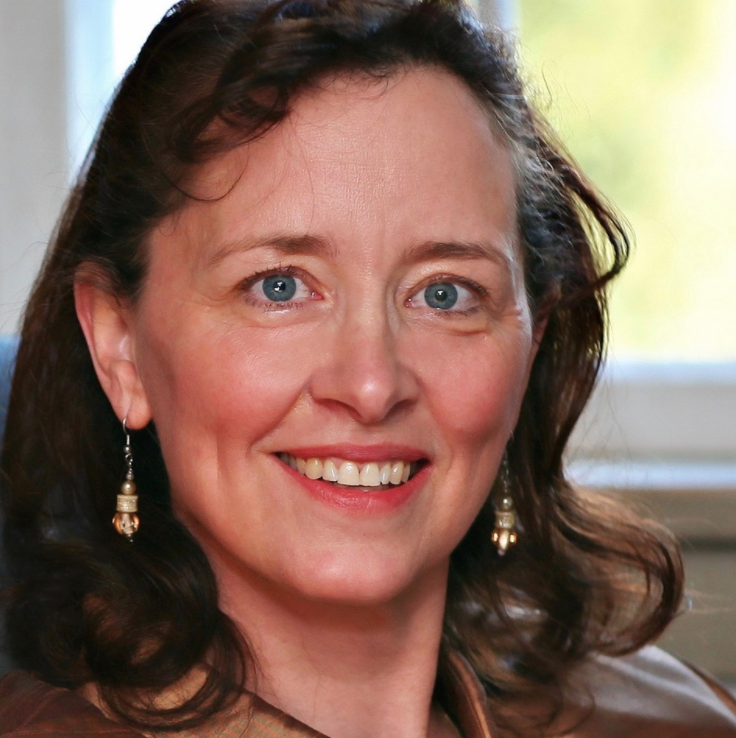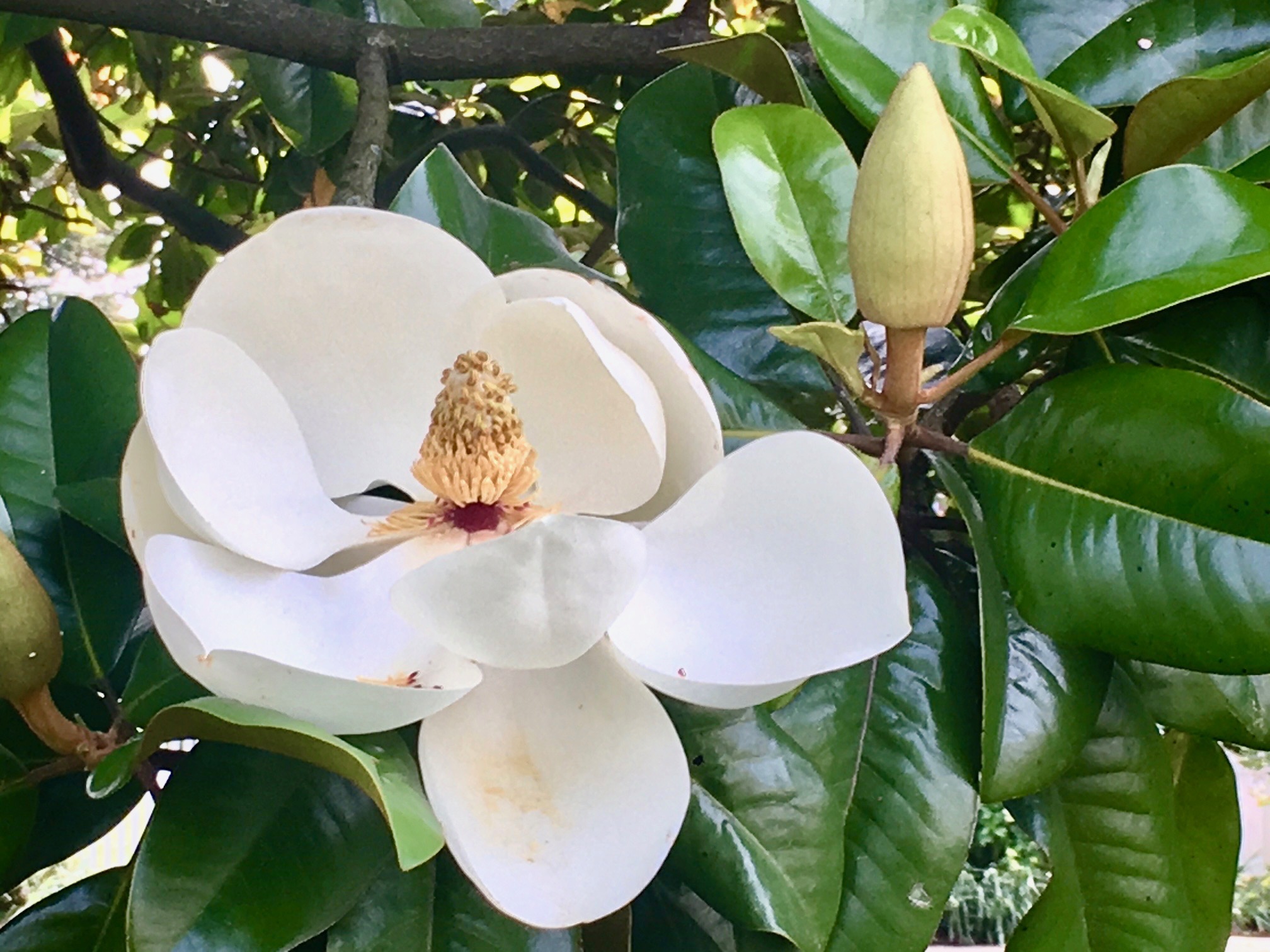It is early morning. An auburn sun rises. I gaze out my front door. This 6-foot by 3–foot glass portal has become a kind of expanded window onto a world from which I am now locked out. Like a captive on a tiny island, or a prisoner in a cell, I look out on the edges of space that host me: a small green spread of grass, bushes, a few trees, a weathered fence.
My ecosystem has miniaturized.
I stare out through my portal. My cup of coffee warms my fingertips, still cold from the night. Its aroma enters my nose and makes its way up to my brain where it momentarily anesthetizes me to all the worries of the world.
I lower myself into a 30-inch tall nylon fold-up chair, normally used to sit around a campfire. The campfire is missing. The mountains and meadows are missing. The plains and the plateaus are missing. In fact, everything is missing — the city, the sidewalks, the humans, the connections.
The auburn sun climbs another degree above the eastern horizon on the periphery of my small plane of vision.
I have shrunk to fit on a tiny plot of land in a still tinier time capsule — my home — without any certain celebratory landmark re-opening date. In the last two months while tens of millions of my fellow human beings were advised or obliged to quarantine within the secure walls of their homes, I vowed to start envisioning my space differently, to reframe whatever story it had to tell. I previously spent time in landscapes spanning other continents and oceans. The vast scale of these far-away places had seemed worthy of my attention, seemed worthy to question and explore.
Now I had to re-imagine a solitary space which risked becoming suffocatingly small and terrifyingly banal. I had to scout out whatever drama lay here. I had to find stories on a scale so small that they included the life of worms. I had to love life at its smallest and most elemental.
I stared ahead through the gateway of my portal.
The sun climbed up another degree in its westward trajectory toward the other side of the earth.
There it was.
The magnolia.
I had stored away bits of the story of this arboreal giant straddling my front lawn years ago, locked somewhere in the dark zones of my mind’s own backyard.
I had heard neighborhood lore when I first moved here that over half a century ago this 90-foot giant with waxen leaves as large as your latest Samsung Galaxy cell phone had arrived at this corner lot via a Nescafe coffee can, a gift of a neighbor who wanted to share the DNA of her yard with the DNA of another.
The tree, which would decades later sport a monumental crown forty feet across and a trunk the diameter of an elephant’s legs, was at this point an extremely fragile new organism — a baby seedling about to confront the unimaginable vicissitudes of life.
I identified with this origins story. It was, I realized, one we shared in common, this tree and me, this flora and fauna joined momentarily together by a rising auburn sun. It was one followed by subsequent chapters of how we evolved from this moment of creation into ourselves.
Somewhere in these millions of details, we had shared seasons of life together as well as annual seasons. We had experienced both the warm and the scorching sun. We had endured uncertain winds that could soothe but also tear apart. We had both been buffeted by microbe-borne illness. We had known the trauma of predation, tragic loss and death, unforeseen cracks in our core, some disability.
But we also shared the assurances of the rising sun, the consolations of a serene moon reflecting the light of the sun as the earth rotated on its axis, the light rain of spring, the sprite company of squirrels and rabbits, the surprise package of extra days of summer or the unexpected visit of a cardinal or a friend arriving at just the right moment.
Human hands had placed the seedling in this welcoming soil. The Nescafe can, tossed aside, rusted away. The magnolia climbed skyward inch by inch. It outwitted the hammering sun, outperformed blistering blight, outpaced creeping vines, outlasted human pollution. It stood out on its own exceptional terms in this singular corner of the world, as striking and unique in its own right as all the birches and red maples and cedars and thousands of species filling the temperate zone. Sap and nutrients surged through its xylem tubes like life-giving blood flowed through our capillaries.
And it had offered shelter and shade to grackles, blackbirds, catbirds, blue jays, robins, red-headed finches, black-capped chickadees, white-crowned sparrows, and the occasional osprey and turkey vulture. On Google Earth, it would be every bit as exotic as any tree from the subarctic realms to the Amazon. It was a spectacular natural wonder, a triumph of nature. Could I claim as much?
I realized I did not have a smidgen of this tree’s distinguished ancient lineage. Its ancestral line preceded mine by millions of years. Its forefathers were 20 million years old, hailing from the distant Miocene epoch. More remote genetic family members surfaced 95 million years ago. To honor this arboreal family with its own family crest, it was named after the French botanist Pierre Magnol in the era of Louis XIV, just as taxonomy was emerging as a modern science and the organization of all of life’s physical forms was taking shape.
From my camping chair perch at my glass portal, the magnolia had assumed an iconic glow in these morning sunrises. It had become a fellow survivor, an intriguing storyteller.
This morning the tree celebrated an annual event in an otherwise dark year of viral blight for other fellow survivors – for me, for other humans.
From top to bottom, across its broad girth, thousands of tiny rolled up baby blossoms emerged and glistened from the epicenter of each whorl of glossy leaves. In the next two weeks these blossoms would unfurl their petals into dinner-plate sized circular shapes, and pour out an intoxicating perfume from their porcelain white centers.
I had gotten to wondering: How had the neighbor’s tree DNA, planted here over half a century ago, instructed this tree to generate its own unique leaves– like none other in the known universe — each one an infinite variation on the universal magnolia leaf? And how did this magnolia tree’s emerging blossoms know to unfurl themselves at just the right moment every spring?
And so it is with every tree, like this one outside my portal, bursting through the crust of the earth and gracing us with the miracle of its presence.


